Table of contents
- How Do I Come Up With an Invention Idea?
- Step 1: Decide on Your Invention
- Step 2: Research and Conceptualize
- Step 3: Document the Process
- Step 4: Market Research
- Step 5: Design Your Invention
- Step 6: Start Prototyping
- Step 7: Patent Your Invention
- Step 8: Begin Manufacturing
- Step 9: Sell or License Your Product
- How to Create an Invention: FAQs
- Final Notes on How to Create an Invention
How Do I Come Up With an Invention Idea?
This is probably the most popular question we get asked here at MAKO Design + Invent. In general, every great idea starts with two things:
- It needs to solve a problem for a specific group of people.
- The idea should be simple for the end-user.
So, before you go about developing and manufacturing the invention, try to simplify the idea as much as possible. Focus on just one or two key features that will solve a pressing problem for users.
Why?
It’s important to realize that a simpler product allows the designers and engineers to focus on making the one or two key features included as refined as they can possibly be. A simpler product is also easier to manufacture, which means fewer defects and, most importantly, happier customers.
This is a critical part of coming up with a great idea, and the nine steps below will help you transform your new invention idea into a polished, successful product.

Step 1: Decide on Your Invention
If you’re reading this, you might be thinking about how to start the process of inventing. Every great idea needs a well-structured plan to be successful.
Thoughtful choices must be made first when coming up with an invention idea to begin the process of development.
Key considerations:
- Will you manufacture and market your invention on your own?
- or
- Will you license for royalties or a lump sum?
These are factors you will need to think about to know what’s right for you and your lifestyle.
If manufacturing and marketing is the path you would like to take, be prepared to become an entrepreneur and put a lot of time into building a business based on your idea.
This path enables your invention to have a higher success rate with a higher payout, but it also means a lengthy process is ahead. Your hard work will pay off in the long term if you do decide to go this route!
The second option of licensing leaves you with the choice of receiving royalties from the company you end up selling your idea to or receiving a single lump-sum payout. While royalties may sound enticing, you may be acquiring significantly less than if you were to market the invention yourself.
The standard royalty rate is between 2-5% of the gross profit the company receives. The lump-sum option gives you a one-time payout from the company that is purchasing your idea. Essentially you are selling the rights to your idea.
Whichever option you choose, these companies are looking to mitigate risk. Thus, in addition to the idea itself, you should also consider how to create an invention prototype. That way, you can sell units after conducting product prototyping to help prove that your product has traction in the market while garnering feedback. If you can get positive reviews from customers, even better.

Step 2: Research and Conceptualize
The conceptualization phase is where you’ll acquire a comprehensive understanding of your invention’s potential value.
Key considerations:
- What problem is my invention solving?
- Who is my target audience?
- Are there already existing products in the market
- What is the size of the market?
- How saturated is this market?
- Do you understand how you can build/direct others to build your invention?
Mentally preparing yourself to execute the idea you have decided on will be your next move.
One thing many first-time inventors forget about when they are first thinking about how to come up with an invention is that developing the idea is just one small part of the process.
Indeed, your job is not over once you’ve come up with the idea. Seeing the invention process through requires careful and strategic planning, consistent self-motivation, and experienced developers – this could be yourself or a professional design firm like MAKO Design + Invent.
Creating an invention doesn’t mean you should quit your day job and work on it full-time, especially if you’re partnered with a developing firm to design, engineer, and bring your vision to life.
Your invention will, however, require a long-term commitment.
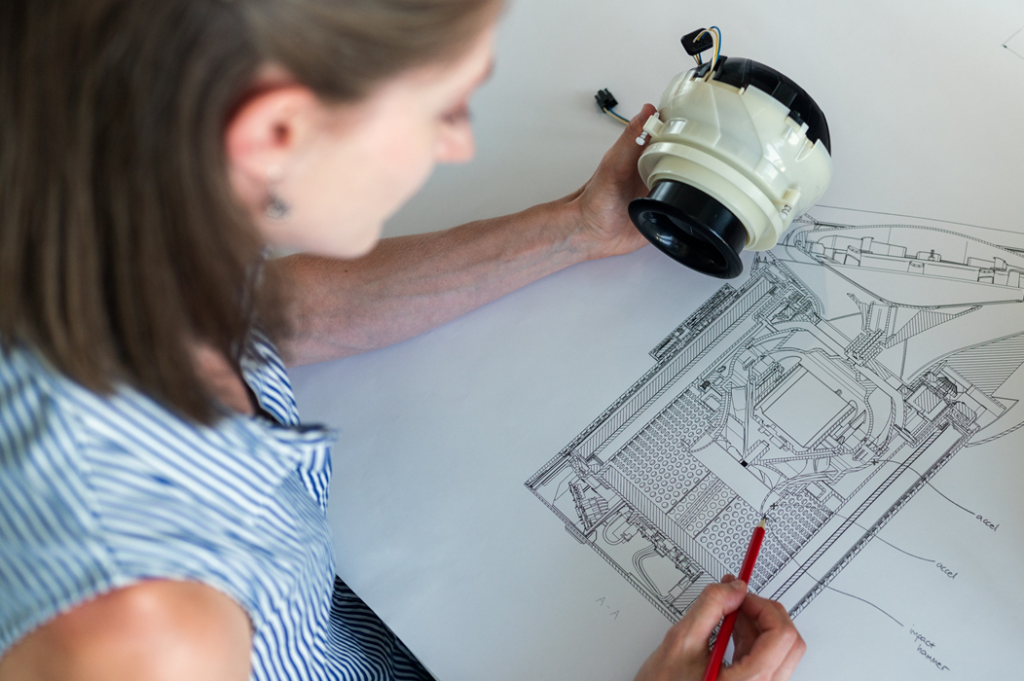
Step 3: Document the Process
Document everything!
Record all the progress you make throughout every stage when you come up with an invention for organizational purposes and legal protection.
You will need to protect your ideas and privacy by ensuring that you do not disclose any specific information to the wrong parties. Make sure you have your concept written somewhere in print so that if anything should happen, you are covered.
Don’t hesitate to go the extra mile and create disclosure documents where you see fit.
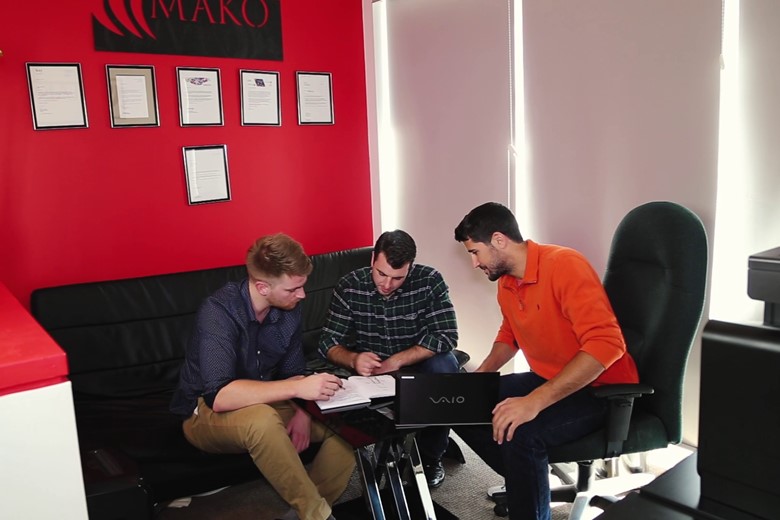
Step 4: Market Research
Once you are mentally prepared and organized and have made important decisions regarding the frameworks of your invention, start doing research on how to create an invention for a specific market.
Key considerations:
- Are there similar products in the market?
- Does that product have a patent?
- Does my invention have advantages over theirs?
- Is their product design better?
- How efficient is the product design in comparison?
- Is my product more environmentally friendly?
- Does mine cost less to make?
- Are there any other benefits to my product that theirs doesn’t have?
This market research will help you decide if you need to rework your idea or if it’s original enough to succeed. Answering these questions will also help you know when and how to create an invention prototype following the design phase and before you start manufacturing.
We want you to be excited about and confident in your idea so you are optimally positioned to achieve your product goals. In fact, most inventions are modifications or combinations of existing products.
Never give up!
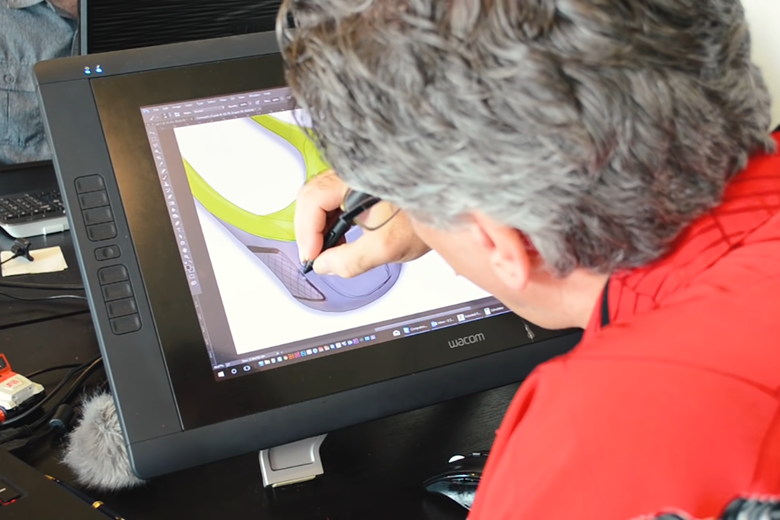
Step 5: Design Your Invention
Now for the fun part; designing the invention.
Three-dimensional computer-aided designs (CAD) are required to bring your 2D concept to life. Visualization is key to understanding your true product design and learning how to create an invention prototype.
Ways of achieving this can be either by yourself using an engineering software like Solidworks or leveraging the experience and expertise of professional design firms like MAKO Design + Invent that provide product design services.
Photographic renderings are next as you delve into the true design of your idea. You can find some examples of what these look like in our past work. Here at MAKO, we believe including mechanical and electrical design is key to truly understanding the way your product will function.
Many firms do not incorporate design for manufacturing principles in the design process or know how to create a CAD. They might just create a 3D model of your invention, which can lead to a costly rework. MAKO brings together industrial design, mechanical engineering, and electrical design all under one roof to ensure the invention prototypes we create for clients look great and also function as they should.
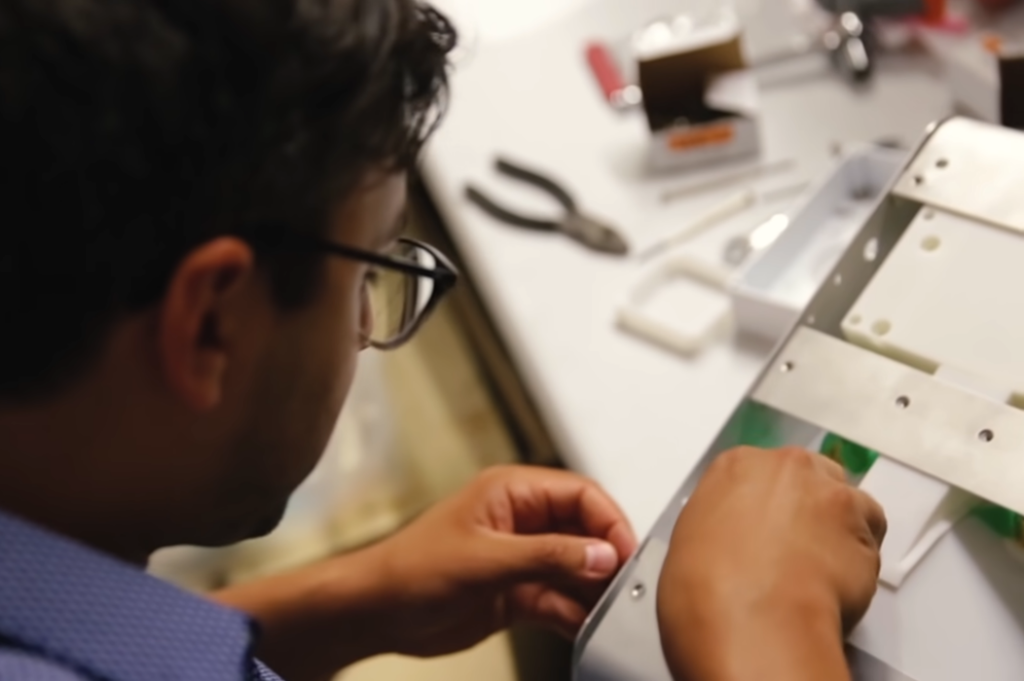
Step 6: Start Prototyping
To cut costs, ensure you use good quality designs to limit the number of prototypes you create. Whether you’re building the MVP version or a near-final prototype, these prototypes will help bolster your pitches and boost the confidence of someone evaluating your idea.
This stage helps you test the functionality as well as locate any weaknesses/improvements to be made.
As a result, it’s imperative that you do not skip this stage. In fact, not learning the importance of creating an invention prototype will lead to more costly errors and potentially faulty products down the line, and no one wants that.

Step 7: Patent Your Invention
You are ready to get serious now and apply for a patent.
We do recommend acquiring a provisional patent so your idea is protected for a 12-month trial period. Once you learn how to create an invention prototype, you have time for trial and error to market the product yourself before applying for a full patent.
The trial period gives you time to build credibility for your brand as well and provides the opportunity for you to get your name out there.
That way, when you’re ready to sell the idea, your invention may be worth more to potential buyers.

Step 8: Begin Manufacturing
Seeking out a manufacturer is your next move.
This is for entrepreneurs gearing up to open their own businesses, with a focus on their new invention. For those looking to license, this is not a requirement; however, it will increase value to potential buyers, as mentioned before.
Most products have more than one part to them, meaning you may need to seek out more than one manufacturer, depending on the complexity of your product. You may need to seek different companies for each task as well. For example, parts manufacturing, assembly, packaging, and shipment.
Outsourcing on your own is also a good idea, as it will help you maintain a competitive edge in the global manufacturing marketplace. MAKO Design + Invent offers this for our clients at the time that we produce the prototype. We can utilize this collected information with our suppliers in Canada, the US, and overseas to finalize the production logistics for you.
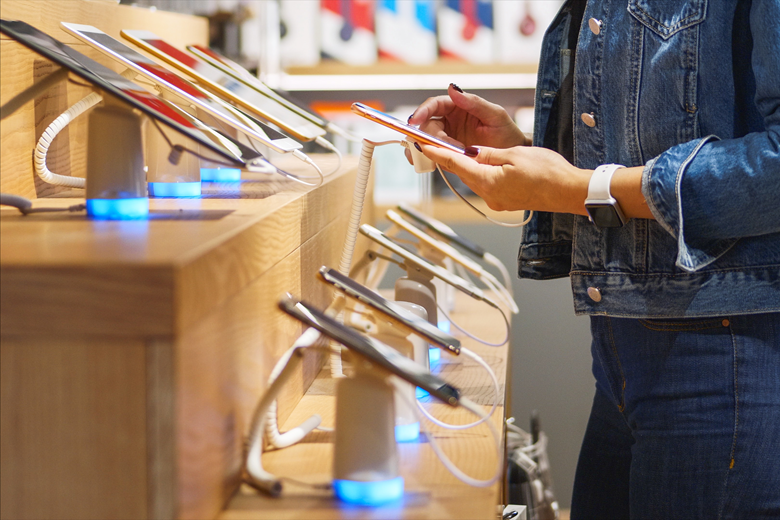
Step 9: Sell or License Your Product
The final phase of creating your product after sourcing out your manufacturers and parts is to either sell your units to a product buyer or license your invention.
This is the exciting part!
While still under the 12-month provisional patent, we recommend you industriously promote your invention to as many buyers as possible. Find the decision-makers within these potential buyers! Work out improvement opportunities while you have the time to experiment.
Licensing deals can sometimes be more difficult to obtain. If you keep busy and market your product under the 12-month provision patent trial, you will earn your product more value in the eyes of potential buyers. Once you’ve obtained some sales under your belt, you can sell the product outright or license it at a much higher premium because it’s worth more now.
Know your buyers, do your research on them, and brush up on your negotiation skills. Be realistic! Don’t get greedy and blow a good deal.
How to Create an Invention: FAQs
To get your invention made, you should follow the nine steps below:
1. Decide on Your Invention: Determine the problem that’s worth solving and for whom.
2. Research and Conceptualize: Learn if your invention is the right fit in the existing market.
3. Document the Process: Protect your idea and yourself.
4. Market Research: Research how and where customers will use your invention.
5. Design Your Invention: Conceptualize and visualize the invention in both 2D and 3D.
6. Start Prototyping: Test functionality and identify improvement opportunities.
7. Patent Your Invention: Protect the product and build credibility.
8. Begin Manufacturing: Build and ship the final product.
9. Sell or License Your Product: Earn royalties or enjoy a lump-sum payment for your hard work.
It starts with a CAD file, a 3D representation of the invention. This file also has information about the functionality, dimensions, and other critical details required to manufacture a prototype.
It depends on what stage you’re at in the product development cycle. Depending on the development phase, you may need a designer, engineer, patent attorney, manufacturer, or a combination of these. That’s why MAKO Design + Invent offers end-to-end product development services to help simplify the process and minimize risk to the inventor.
Final Notes on How to Create an Invention
The recommended steps above are based on our years of product development experience. As the pioneering end-to-end product development firm catered to inventors, small manufacturers, eCommerce brands, and startups, we understand how daunting it can be to not only come up with an invention but actually start bringing your idea to life. Trust us, we have over 20 years of experience doing this.
Each step in this guide is designed to minimize risks, costs, and revisions to help ensure all timeline and budget requirements are met. In addition, we’ve outlined the details above to help explain why a great product is more than just a great idea. Successful products go beyond the idea. It’s a combination of the right parts, materials, engineering know-how, manufacturers, and other strategic elements that make up a successful product launch.
And in the end, if you work with us, you’ll be at the helm. Of course, it will be a collaborative experience, but we won’t make any changes or updates to the design without your approval.
It’s truly your vision that comes to life!
About: MAKO Design + Invent is the original firm providing world-class consumer product development services tailored to startups, small manufacturers, and inventors. Simply put, we are the leading one-stop-shop for developing your physical product from idea to store shelves, all in a high-quality, cost-effective, and timely manner. We operate as one powerhouse 30-person product design team spread across 4 offices to serve you (Austin, Miami, San Francisco, & Toronto). We have full-stack in-house industrial design, mechanical engineering, electrical engineering, patent referral, prototyping, and manufacturing services. To assist our startup and inventor clients, in addition to above, we help with business strategy, product strategy, marketing, and sales/distribution for all consumer product categories. Also, our founder Kevin Mako hosts The Product Startup Podcast, the industry's leading hardware podcast. Check it out for tips, interviews, and best practices for hardware startups, inventors, and product developers. Click HERE to learn more about MAKO Design + Invent!








Sandy herring
2023-10-16 at 2:51 pmAwesome information, very helpful. I have two product ideas that I think will be very successful if produced and marketed properly I would like to instill trust in Mako to help me on the road to development marketing and distribution I’d like to know what is the next step I should take in regards to patenting my ideas I have a sketch of one and the other is a bit too complicated to actually illustrate so I’d like help with what to do next my name is Sandy herring and I would like to deal with Mako to patent develop and market my designs. If possible I’d like to know what step I should take next. Waiting on your reply and have a great day
MAKO Design + Invent
2024-07-15 at 3:25 pmHi Sandy,
Are you still interested in having your product ideas developed? We would love to hear more about them. The MAKO team has helped hundreds of inventors and hardware startups take their ideas from a rough sketch to a fully-functional, pre-production prototype. We can offer our help with sales and distribution as well, leveraging our vast network of packaging experts, patent lawyers, manufacturers, and supply chain specialists. Please fill out our contact form to provide us with more information and a member of our Product Strategy team will reach out to schedule a consultation.
Simon Erick Leka
2023-11-21 at 9:45 amIt,s awesome to read the contents in your blog. I have got a great deal out of it.
Khadijat omolola
2024-07-14 at 2:44 amYes you are right
MAKO Design + Invent
2024-07-15 at 3:27 pmThank you both for your comments! We’re glad to hear that you have enjoyed our piece on how to create an invention.